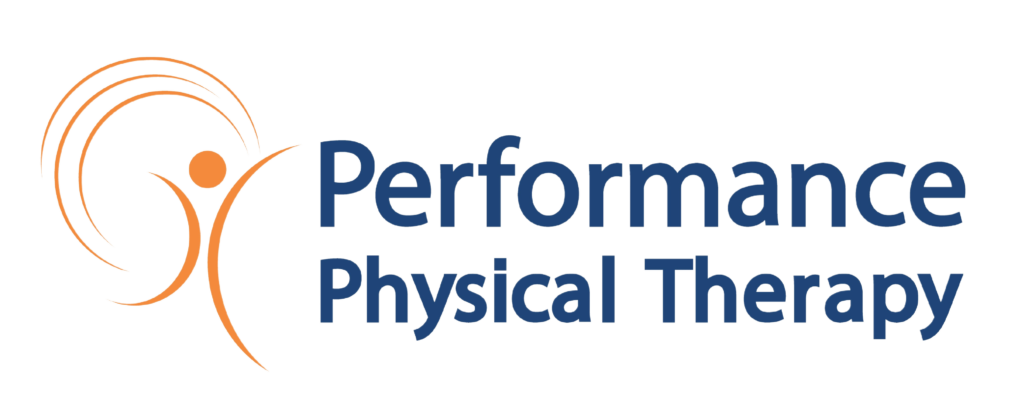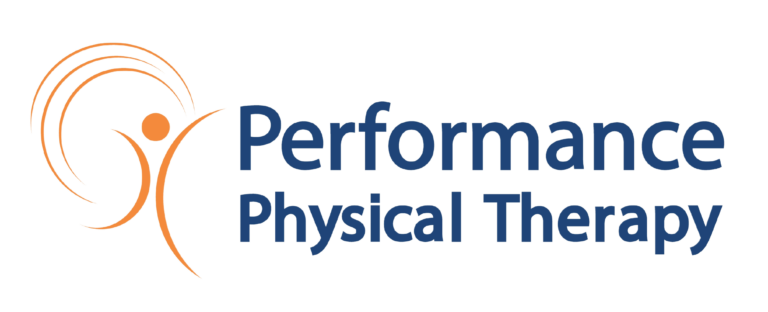Back Strengthening Exercises

The primary objective of back strengthening exercise is to shape the muscles so that they can better support the spine and endure stress, which can lead to relief of back and neck pain.
Most back strengthening exercises concentrate on the core muscles, which include the abdominal, gluteus, and hip muscles, as well as the muscles that surround the spine. All the core muscles play an important role in supporting and reducing stress on the spine.
Even so, unlike muscles in the arms and legs, core muscles are rarely used during daily activities. Strengthening the core abdominal and back muscles necessitates exercises that target these muscle groups specifically.
Back-strengthening exercises can lead to the following outcomes:
- Less stress on spinal discs and joints
- Improved spinal alignment and posture
- Reduce the number of painful movements, such as bending, twisting, or lifting.
Strengthening exercises are typically recommended twice or three times per week, as part of a larger program of stretching and aerobic exercise.
Physical Therapy Programs
The McKenzie Method and dynamic stabilization are two of the most commonly used back strengthening programs, both of which are typically learned by working with a physical therapist. The type of exercise program prescribed is typically determined by the patient’s condition and needs, as well as the doctor’s preference and familiarity with an exercise program.
Exercises from the McKenzie Method and dynamic stabilization may be combined when appropriate.
Strengthening through the McKenzie Method
McKenzie Method exercises are intended to relieve back pain caused by spinal disc conditions such as degenerative disc disease or a herniated disc. These exercises are usually less effective for pain caused by facet joint osteoarthritis and/or spinal stenosis.
One of the McKenzie Method’s primary goals is to “centralize” pain by:
- Strengthening the muscles around the spine to relieve pressure on the facet joints and spinal discs.
- Reducing radicular pain by relieving pressure on a nerve root (sciatica)
Dynamic Stabilization Exercises
The goal of dynamic stabilization exercises is to find and keep the neutral spine—a natural posture that accommodates the curvature of the spine and reduces stress. Muscle conditioning and a learned awareness of joint positions are used to maintain a neutral spine in a healthy posture (called proprioception).
Dynamic stabilization encompasses a variety of exercises that can be performed by almost anyone. For more severe pain, it is usually advised to begin with an exercise like leg raises, which gently and gradually strengthen the low back and core muscles. Pelvic tilts and exercises with an exercise ball are examples of more high – intensity exercises.
Common Forms of Strengthening Exercise
There are many options available to effectively strengthen the spine and provide relief, and finding one that works and can be maintained is often driven by personal preference, local instructors available, and a trial and error process in finding pain relief.
Strengthening exercises that are commonly used include:
- Pilates
- Yoga
- Tai chi
- Weight lifting and training
- Resistance bands
- BOSU ball
- Exercise ball
These and other strengthening exercises can be learned with the assistance of a Physical therapist. It is critical to work with a qualified professional because learning proper exercise form is critical for building strength and stability without pain or injury.
Before beginning a new exercise regimen, consult with a doctor or other qualified health professional to ensure that any new exercise will not harm healthy or healing spinal structures.

